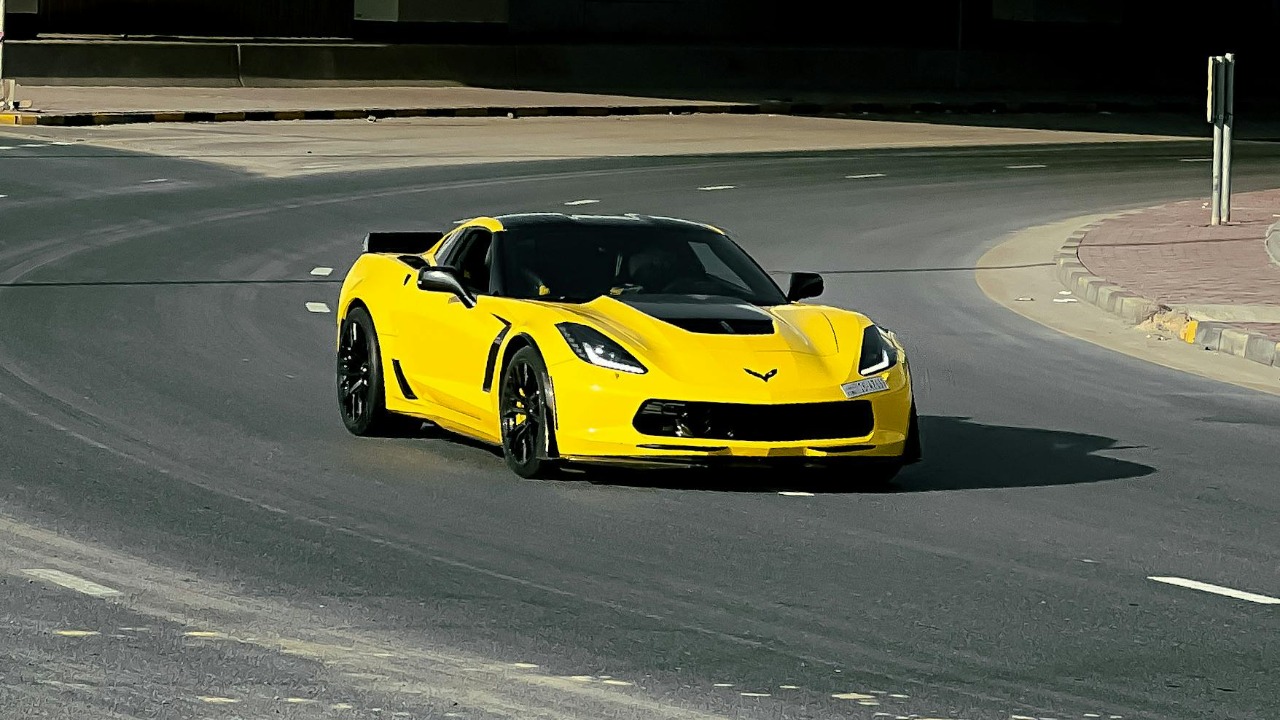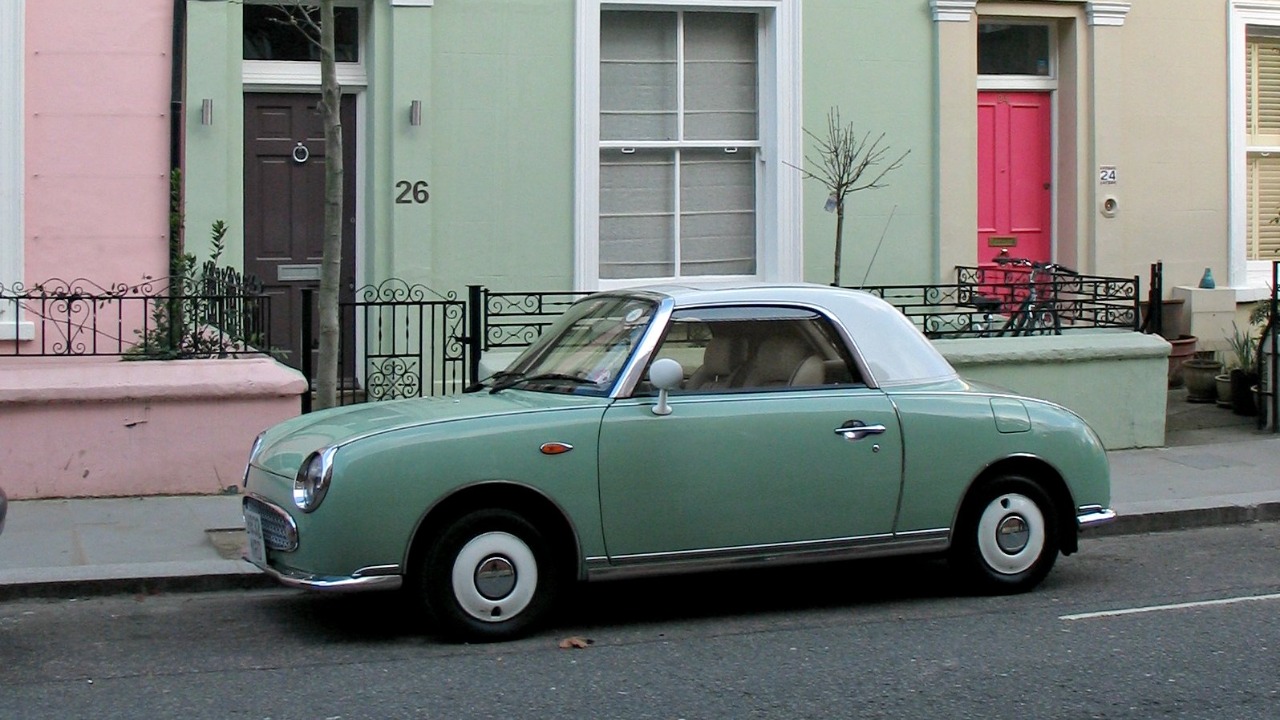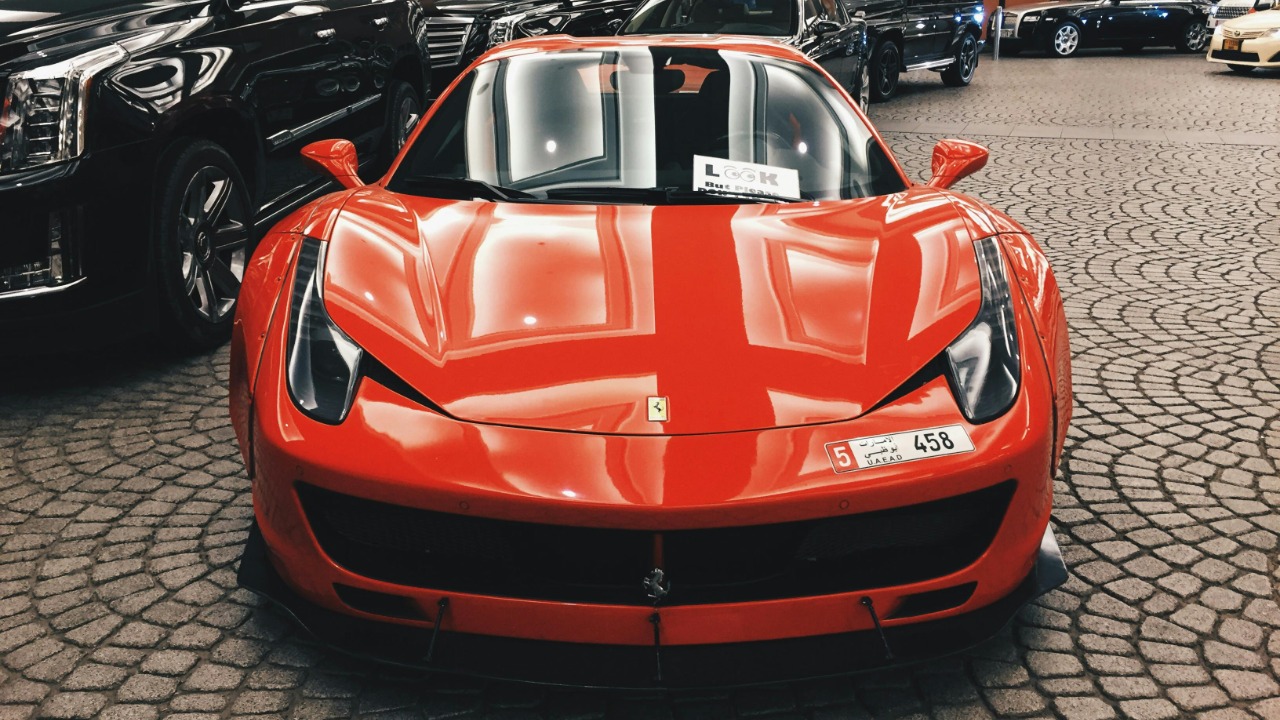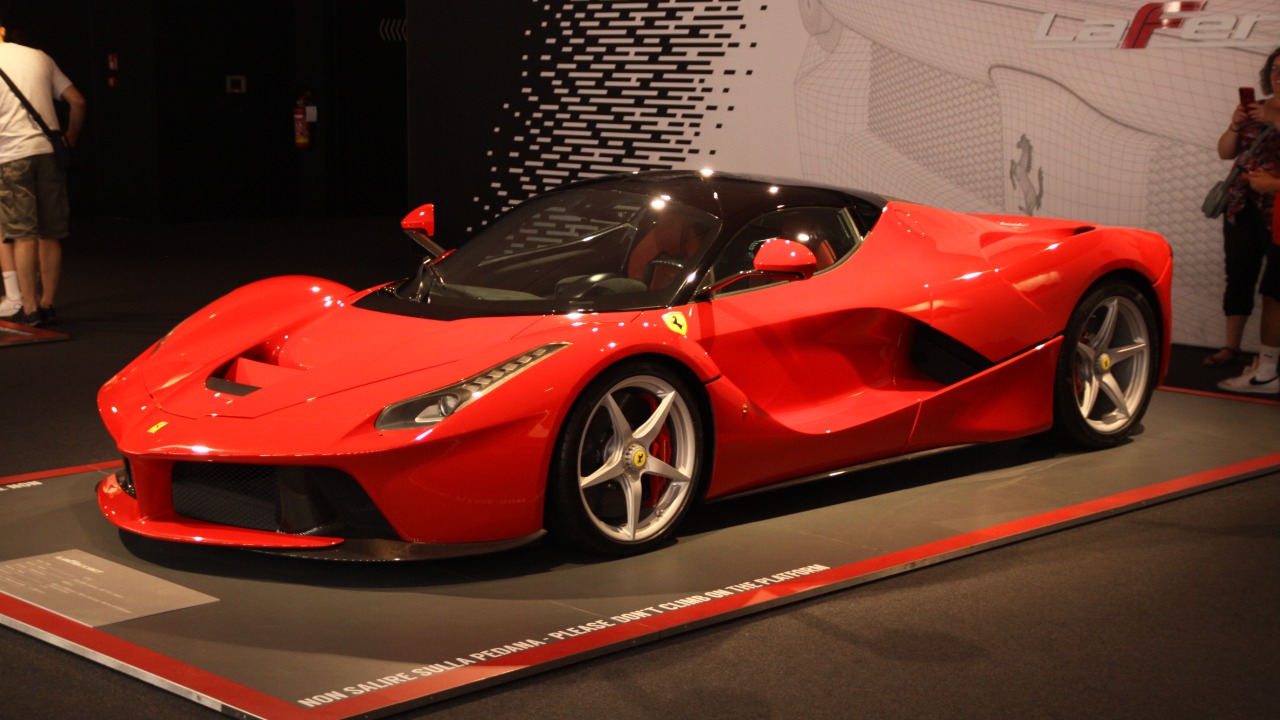
When it comes to cars, color can be more than just a matter of personal taste. In some parts of the world, certain hues are prohibited for various reasons, ranging from safety concerns to cultural sensitivities. This exploration delves into some of the oddest car colors that have faced bans across the globe.
The Role of Culture in Color Bans

Cultural Superstitions
In many cultures, colors carry deep symbolic meanings, and superstitions can lead to the banning of specific hues. For instance, in certain regions, black is often associated with bad luck or mourning, leading to restrictions on its use for vehicles. Similarly, in some Asian cultures, white or bright colors might be avoided due to associations with death. These cultural beliefs can significantly influence consumer behavior and the automotive industry’s color offerings in those regions.
National Symbols
In some countries, certain colors are reserved for national symbols or governmental use, which can indirectly prohibit their use in civilian vehicles. For example, royal or state vehicles might exclusively use specific shades that are off-limits to the general public. This practice ensures that these colors remain symbols of authority and prestige, maintaining a clear distinction between state and civilian usage.
Safety Concerns and Visibility Issues

High Visibility Colors
Colors that offer low visibility on roads can be banned due to the increased risk of accidents. In fog-prone areas, certain shades of grey or black might be prohibited because they blend into the environment, making vehicles difficult to spot. This concern for safety can lead to regulations that favor brighter, more visible colors to enhance road safety.
Reflective and Distracting Colors
On the other hand, overly reflective or bright colors can be banned for causing distractions. Colors like neon green or reflective silver might interfere with traffic signals or create glare that distracts other drivers. These bans aim to ensure that all drivers can focus on the road without unnecessary visual interference.
Automaker Restrictions and Branding

Luxury Brand Exclusivity
Luxury car brands such as Ferrari have specific color bans to maintain brand identity. For instance, Ferrari prohibits pink to preserve its image of performance and sophistication. These restrictions help luxury brands uphold a certain level of exclusivity and appeal to their target markets.
Trademarked Colors
Some automakers go a step further by trademarking specific colors, preventing other companies from using them. This practice protects brand uniqueness and ensures that consumers can easily identify a brand by its distinctive color. For example, certain shades of blue or red might be trademarked, aligning with the brand’s image and consumer perception.
Environmental and Legislative Factors

Environmental Concerns
Environmental regulations can lead to the banning of certain paint colors due to their chemical composition. Paints containing harmful substances might be restricted to reduce environmental impact. This is part of a broader effort to make the automotive industry more sustainable and environmentally friendly.
Legislative Decisions
Government decisions can also lead to the banning of specific colors to align with legislative goals. For example, lighter-colored cars might be promoted to improve energy efficiency, as they reflect heat better than darker colors. Such legislative measures aim to address broader concerns such as climate change and energy consumption.
The Psychology of Color Choices

Consumer Behavior
Consumer preferences and psychological associations with colors play a significant role in the automotive market. The perceived resale value of certain colors can influence their popularity and lead to unofficial bans by manufacturers. For instance, less popular colors might be phased out due to lower demand and concerns about resale difficulties.
Color Trends
Trends in color popularity can lead to temporary bans or restrictions as manufacturers adapt to market demands. As society’s preferences shift, automakers may adjust their color offerings, phasing out less popular options to focus on trending hues. This dynamic approach helps the industry stay aligned with societal shifts and consumer expectations.